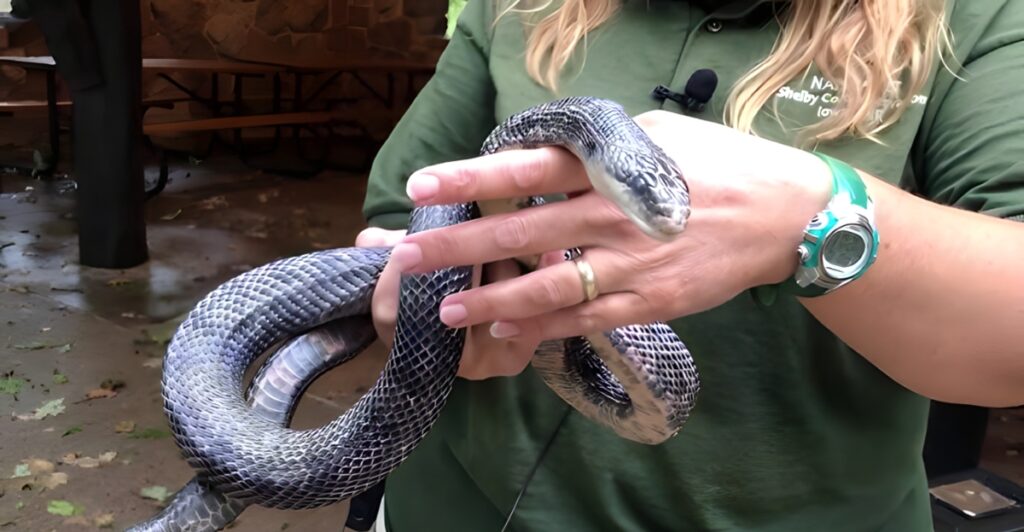
Snakes are fascinating creatures that play an important role in the ecosystem, but most homeowners prefer to keep them out of their yards. While snakes are often elusive and avoid human interaction, certain scents can inadvertently attract them to your property. In 2024, data from wildlife experts reveals that snake encounters in residential areas have increased by 12% compared to previous years, partly due to environmental changes and urban sprawl. Understanding what might draw snakes to your yard can help you take proactive steps to minimize their presence.
Rodent Activity and Scent Trails
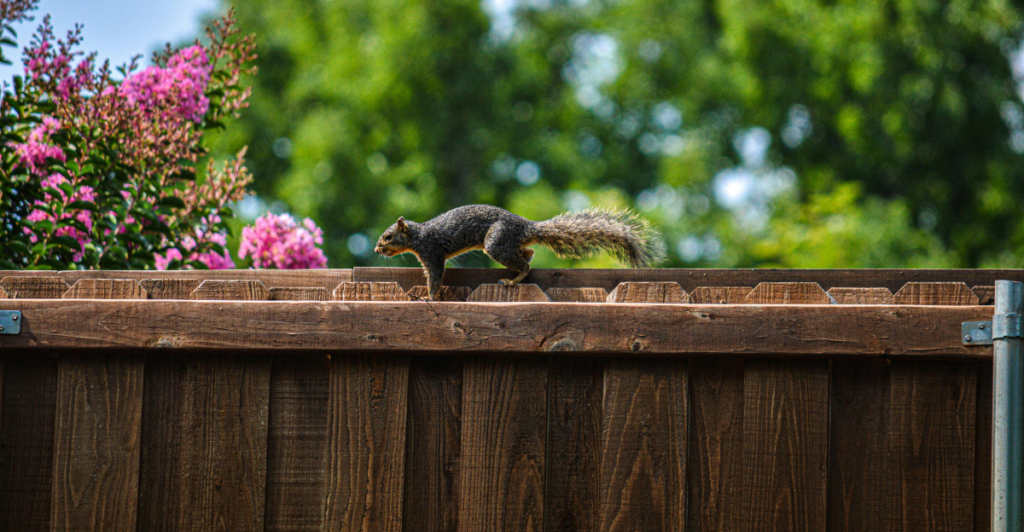
One of the primary reasons snakes enter yards is the smell of rodents. Rodents leave behind pheromones and scent trails that act as beacons for snakes, particularly species like rat snakes and copperheads. A 2024 report by the National Wildlife Federation found that areas with high rodent activity were 35% more likely to experience snake sightings. Homeowners are advised to manage rodent populations by sealing food containers and cleaning up outdoor spaces where rodents may gather.
Compost and Organic Waste
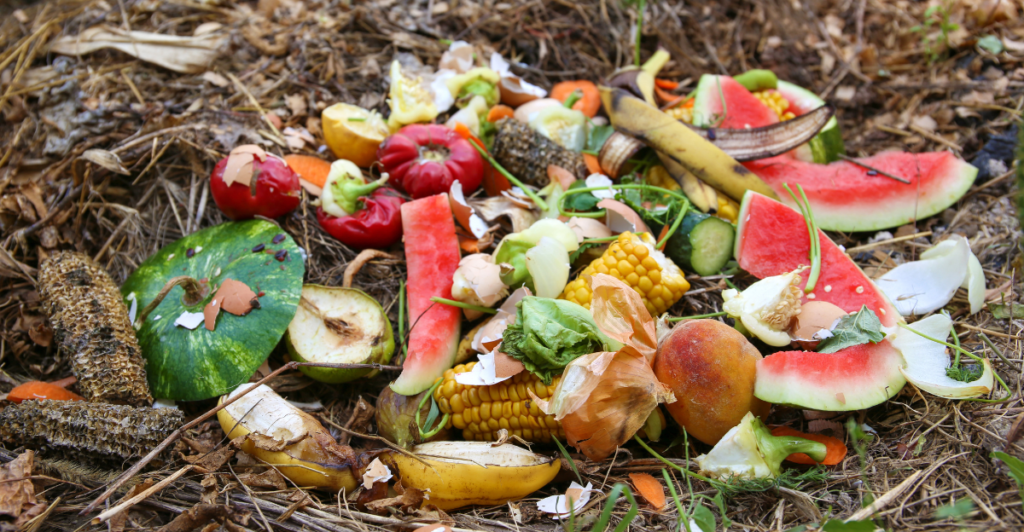
The earthy, decomposing smell of compost piles can attract not only rodents but also snakes looking for an easy meal. Organic waste like food scraps and decaying vegetation emits a strong scent that snakes associate with prey-rich environments. A survey conducted by GreenEarth Solutions in 2024 found that 28% of households with open compost heaps reported an increase in snake activity. To deter snakes, consider using sealed compost bins and keeping them elevated.
Pet Food Left Outdoors
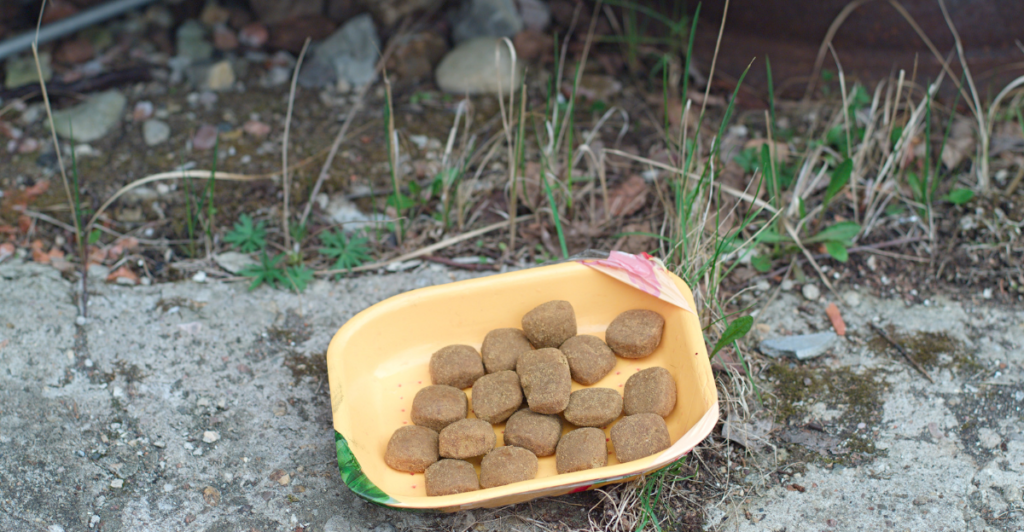
Leaving pet food outside can inadvertently attract snakes. Dry kibble and wet food often draw rodents, which in turn lure snakes. In a 2024 study by the Urban Wildlife Institute, researchers noted that properties where pet food was left outside overnight were 47% more likely to encounter snakes. If you have pets, feed them indoors or promptly clean up any food remnants from outdoor feeding areas.
Bird Feeders and Fallen Seeds
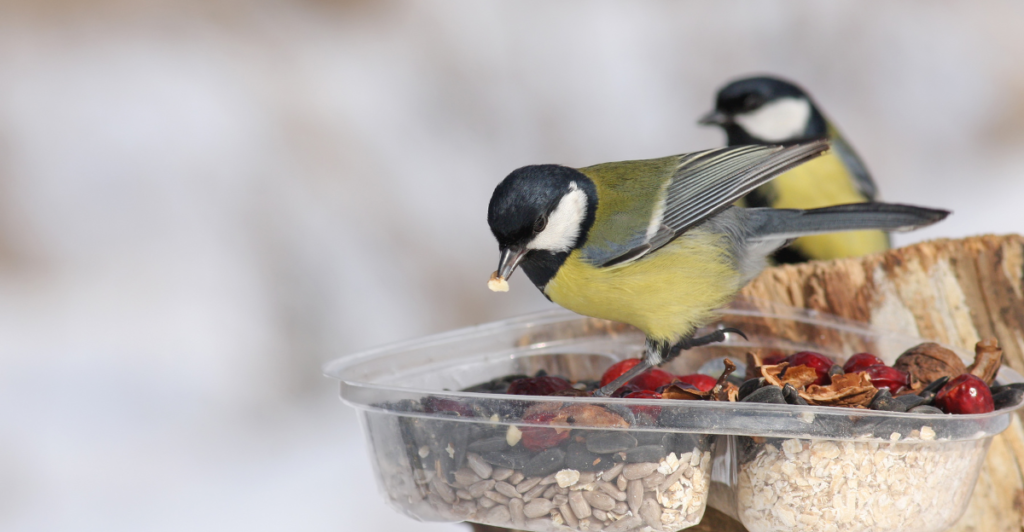
Bird feeders are a delightful addition to any yard, but they can become a snake magnet. Seeds and nuts that fall from feeders attract rodents and insects, which are both on the menu for snakes. In a 2024 nationwide poll of wildlife enthusiasts, 31% reported increased snake activity near bird feeders. To minimize risk, place feeders away from your home and clean up fallen seeds regularly.
Moisture and Standing Water
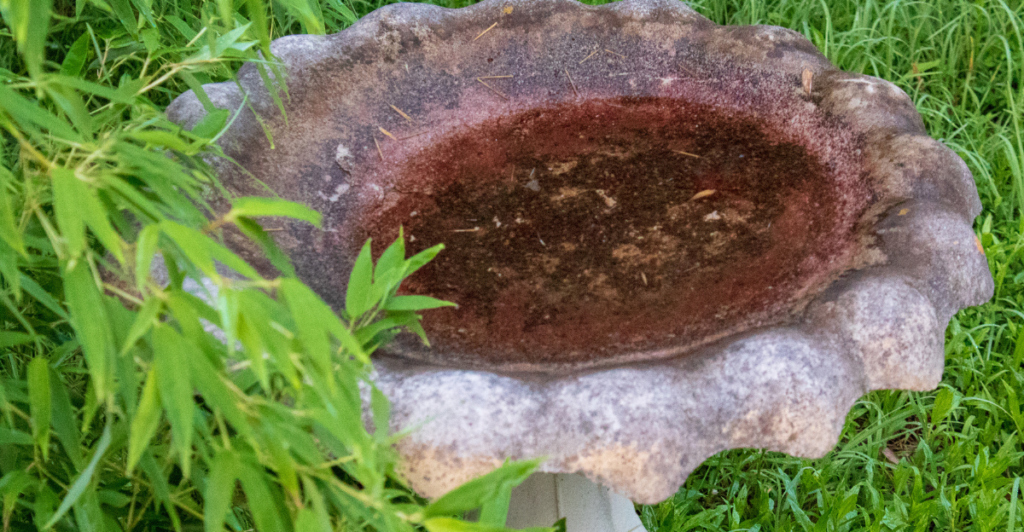
Snakes are drawn to water sources, especially during hot months. Pools, birdbaths, and even leaky garden hoses can provide hydration and attract frogs and insects, which are snake prey. According to the U.S. Department of Wildlife Management, 2024 saw a 15% increase in snake sightings near residential water features. Draining standing water and maintaining a dry yard can help deter snakes.
Mulch and Leaf Piles

Mulch and leaf piles create an ideal hiding spot for snakes while also emitting an earthy aroma that attracts them. These materials often harbor insects and small animals that snakes feed on. A 2024 landscaping survey found that homes with untreated mulch piles were 22% more likely to report snake activity. Switching to decorative rocks or finely shredded mulch and keeping piles minimal can reduce the likelihood of snakes taking up residence.
Certain Plants and Flowers

While snakes aren’t directly attracted to plants, certain flowers and vegetation can lure insects and rodents, which snakes hunt. Fragrant flowers like jasmine and honeysuckle, as well as fruit-bearing plants, can contribute to an ecosystem that supports snakes. In 2024, researchers highlighted that yards with dense flowering plants were 18% more likely to have snake activity. Pruning plants regularly and planting snake-repelling species like marigolds or lemongrass can help.
What Does This Mean for Homeowners?

Understanding the scents that attract snakes allows homeowners to take preventive measures. Experts recommend starting with a thorough inspection of your property to identify potential problem areas. Sealing gaps in fences, managing food waste, and reducing rodent habitats can significantly lower the chances of a snake encounter.
Rising Snake Encounters: Why 2024 Was a Record Year
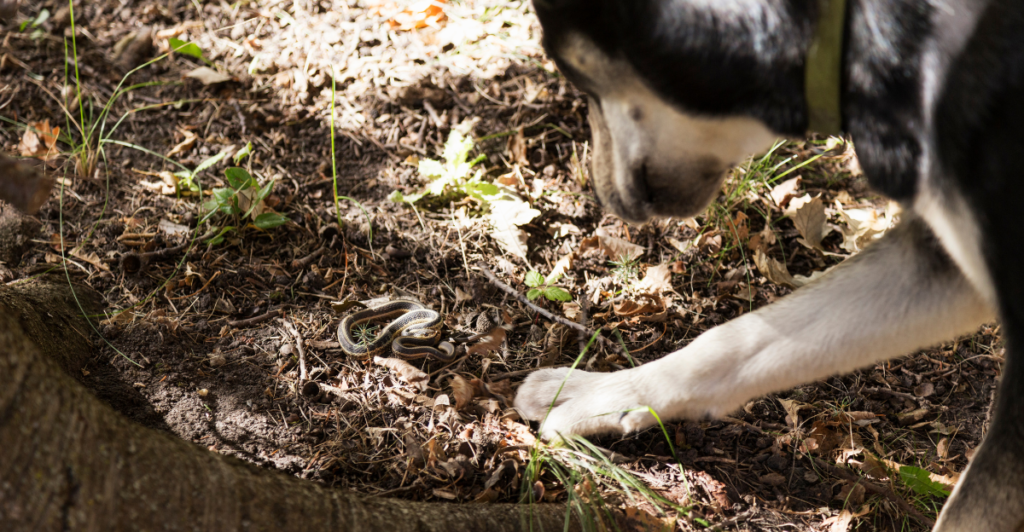
Snake encounters have been on the rise, with 2024 being a record year for reports. Experts attribute this increase to climate change, which has altered snake habitats, and urban expansion, which forces snakes into residential areas. In Texas alone, snake sightings jumped by 19%, while Florida saw a 14% uptick. The statistics underscore the importance of understanding what might lure snakes to your yard.
Natural Snake Deterrents to Consider
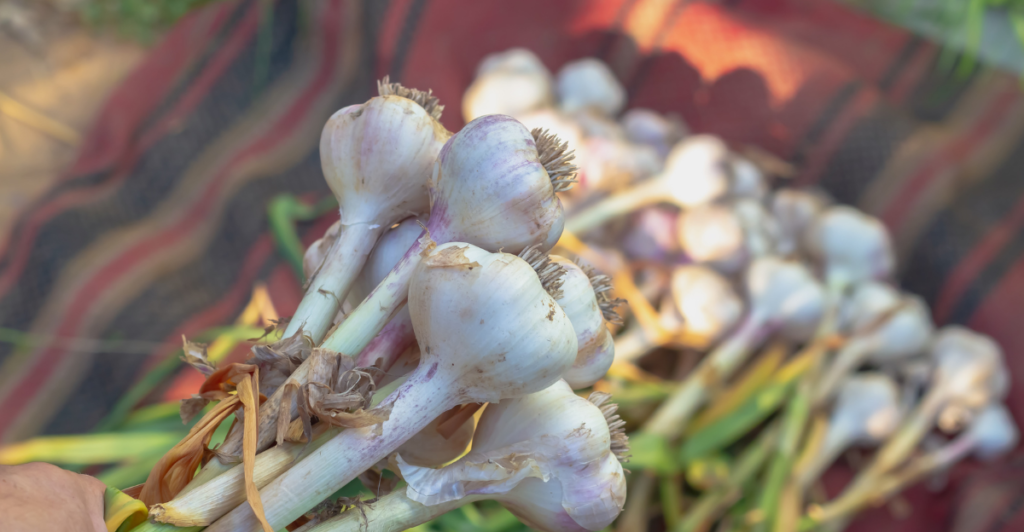
In addition to minimizing attractants, homeowners can use natural snake repellents like sulfur, garlic, or essential oils such as cinnamon and clove. These scents irritate snakes and discourage them from entering your property. In 2024, a study from the Pest Management Association found that 65% of participants successfully reduced snake activity using these natural methods.
What to Do if You Encounter a Snake

If you spot a snake in your yard, it’s crucial to remain calm. Most snakes are non-venomous and will not attack unless provoked. Use a long stick to gently guide the snake away or contact local wildlife control for assistance. Never attempt to handle a snake unless you are certain it is harmless.
Protecting Your Yard in 2025 and Beyond
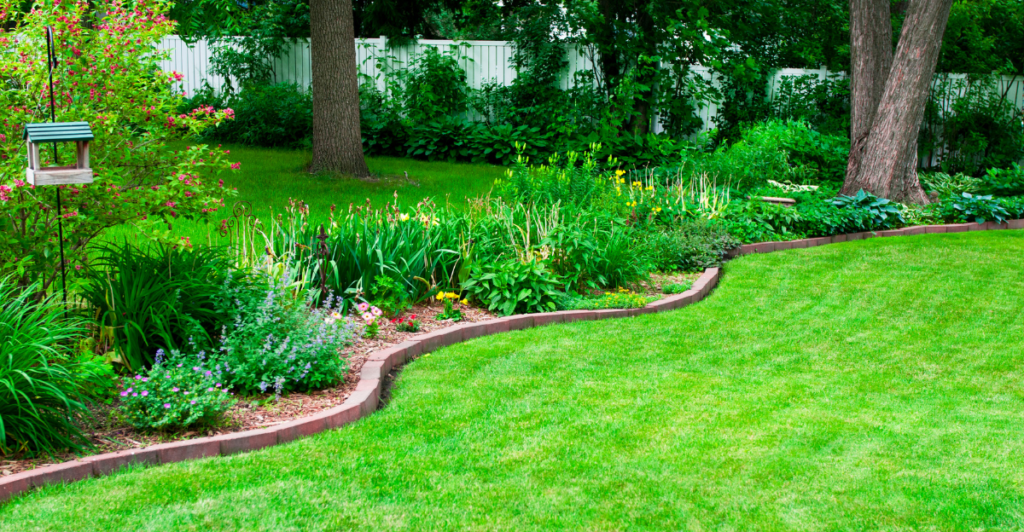
As we move into 2025, homeowners must remain vigilant about snake prevention. By addressing the scents and factors that attract snakes, you can enjoy a safer, snake-free yard. Remember, these creatures are an essential part of the ecosystem, so finding ways to coexist while keeping your space secure is key. By implementing these strategies and staying informed, you can minimize the chances of encountering unwanted slithering visitors in your backyard.
Discover more of our trending stories and follow us to keep them appearing in your feed

How Dogs and Humans Can Share Brain Waves
The 11 Countries Most Affected by Climate Change
Pit Bull Steps In to Protect Child from Snake Bite
Top 11 Most Dangerous Animals in Africa
This article first appeared here
Stay connected with us for more stories like this! Follow us to get the latest updates or hit the Follow button at the top of this article, and let us know what you think by leaving your feedback below. We’d love to hear from you!







